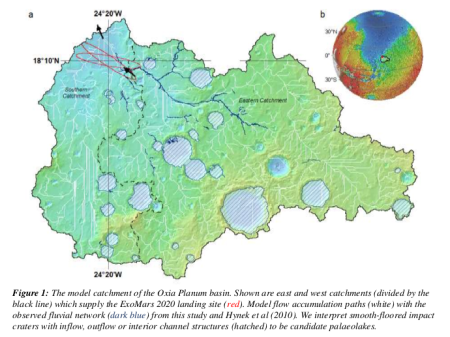Engineers attach test helicopter to Mars 2020
Engineers have now attached to the Mars 2020 rover the test helicopter that will attempt to make the first air-born flight on another world.
The Mars Helicopter is considered a high-risk, high-reward technology demonstration. If the small craft encounters difficulties, the science-gathering of the Mars 2020 mission won’t be impacted. If the helicopter does take flight as designed, future Mars missions could enlist second-generation helicopters to add an aerial dimension to their explorations.
“Our job is to prove that autonomous, controlled flight can be executed in the extremely thin Martian atmosphere,” said JPL’s MiMi Aung, the Mars Helicopter project manager. “Since our helicopter is designed as a flight test of experimental technology, it carries no science instruments. But if we prove powered flight on Mars can work, we look forward to the day when Mars helicopters can play an important role in future explorations of the Red Planet.”
If this works on Mars, MiMi Aung will be in a position to win contracts for similar helicopters for the rest of her life. It seems to me that this project has been her baby from the beginning.
Engineers have now attached to the Mars 2020 rover the test helicopter that will attempt to make the first air-born flight on another world.
The Mars Helicopter is considered a high-risk, high-reward technology demonstration. If the small craft encounters difficulties, the science-gathering of the Mars 2020 mission won’t be impacted. If the helicopter does take flight as designed, future Mars missions could enlist second-generation helicopters to add an aerial dimension to their explorations.
“Our job is to prove that autonomous, controlled flight can be executed in the extremely thin Martian atmosphere,” said JPL’s MiMi Aung, the Mars Helicopter project manager. “Since our helicopter is designed as a flight test of experimental technology, it carries no science instruments. But if we prove powered flight on Mars can work, we look forward to the day when Mars helicopters can play an important role in future explorations of the Red Planet.”
If this works on Mars, MiMi Aung will be in a position to win contracts for similar helicopters for the rest of her life. It seems to me that this project has been her baby from the beginning.


